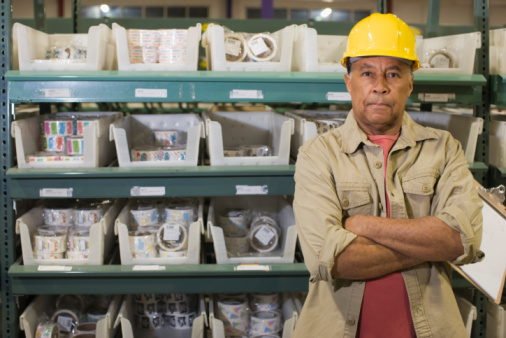A Framework for Productive Aging and Work
Posted on by
The aging of the U.S. population has led to a number of changes in the workforce, particularly a movement of the worker distribution toward older ages2, 4. By 2022, about one-third (31.9%) of Americans aged 65 to 74 years will still be working (Toosi 2013). The impact of a longer working life can be significant in both positive and negative ways. On the positive side, work is the main means of income for consumption and savings, serves an anchoring function in society, and can be a source of dignity, social connectedness, and purpose. Negative consequences of working longer may include increased morbidity and mortality from injuries, longer recovery times, burnout, job lock (needing to stay employed to retain health insurance and benefits), age discrimination, job insecurity, periods of unwanted unemployment, and less non-work time (Schulte et al. 2018).
In response to the increasingly aging U.S. worker population, in 2015, the National Institute for Occupational Safety and Health (NIOSH) established the National Center for Productive Aging and Work (NCPAW) as part of its Office of Total Worker Health® (TWH). Productive aging emphasizes the positive aspects of growing older while minimizing the losses associated with aging at work. Individuals can be expected to remain engaged and productive in their paid work life as well as other aspects of life such as volunteering, caregiving, continuing education etc. (Schulte et al. 2018). NCPAW developed a four-element conceptual framework for productive aging that could be applied to work:
- Life span perspective—meeting the needs of workers of all ages
- Comprehensive, integrated approach to occupational safety and health—utilizing a range of education and intervention strategies
- Emphasis on positive outcomes for both workers and organizations—targeting both worker (e.g., safe environment, job satisfaction) and organizational (e.g., low turnover, lower health care costs) outcomes and understanding how they mutually influence each other
- Supportive culture for multigenerational issues—learning to manage generational differences and building on the strengths of workers of all ages to create an inclusive, productive workplace
NIOSH has published this framework for productive aging and work in the Journal of Occupational and Environmental Medicine. The Framework provides a foundational and comprehensive approach for addressing the needs of the aging workforce. Stakeholders can use this framework to implement programs that advance productive aging in workplaces and adopt practices that meet the needs of workers of all ages.
For more information on the aging workforce visit the NCPAW webpage.
We would love to hear your ideas on productive aging and work.
Deborah Hornback, MS, Health communication specialist, NIOSH Education and Information Division
Juliann Scholl, PhD, Co-director of NCPAW and a health communication specialist in the NIOSH Education and Information Division.
Paul Schulte PhD, Director, NIOSH Education and Information Division.
James Grosch, PhD, Co-director of the Center and research psychologist in the Division of Applied Research and Technology.
References
1Butler RN [1985]. Productive aging: Enhancing vitality in later life. New York: Springer Publishing.
2Blue L, Espanshade TJ. [2011]. Population momentum across the demographic transition. Popul Dev Rev 37: 721-747.
3Rowe JW, Kahn RL [1996]. Successful aging. The Gerontologist 37(4): 433-440.
4Schulte PA, Grosch J, Scholl JC, Tamers SL [2018]. Framework for considering productive aging and work. J Occup Environ Med. 60(5):440-448. doi: 10.1097/JOM.0000000000001295
5Toosi M [2013]. Labor Force Projections to 2022: The Labor Force Participation Rate Continues to Fall. Bureau of Labor Statistics. Monthly Labor Review.
Posted on by

